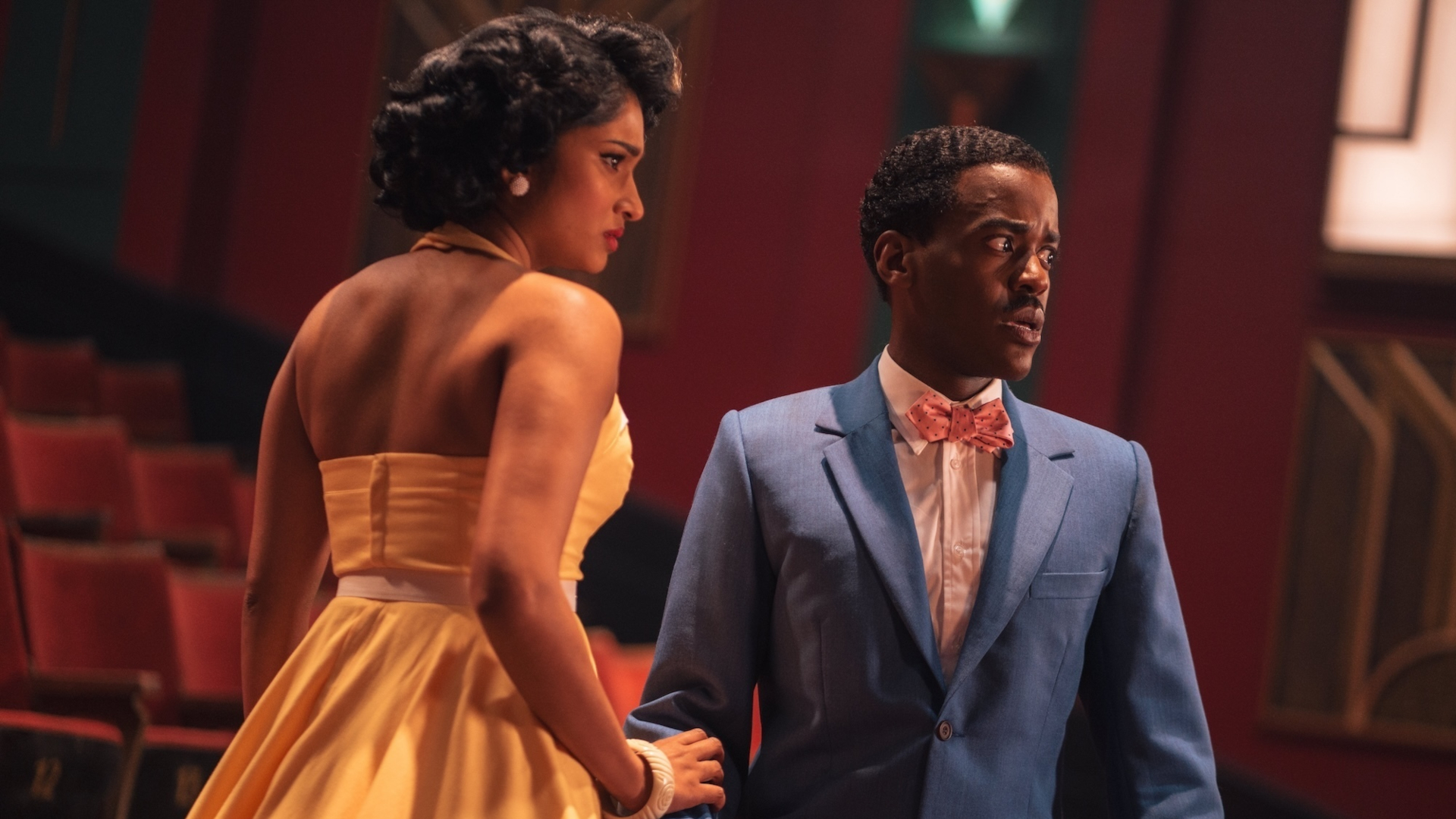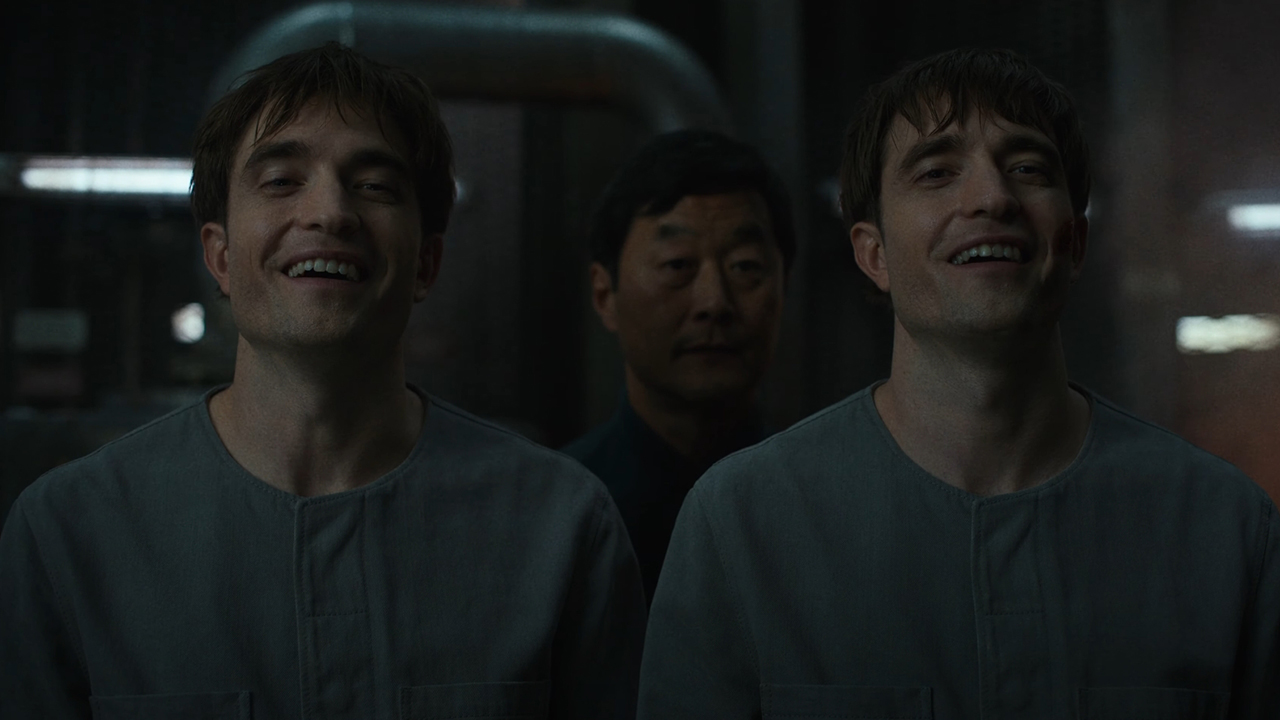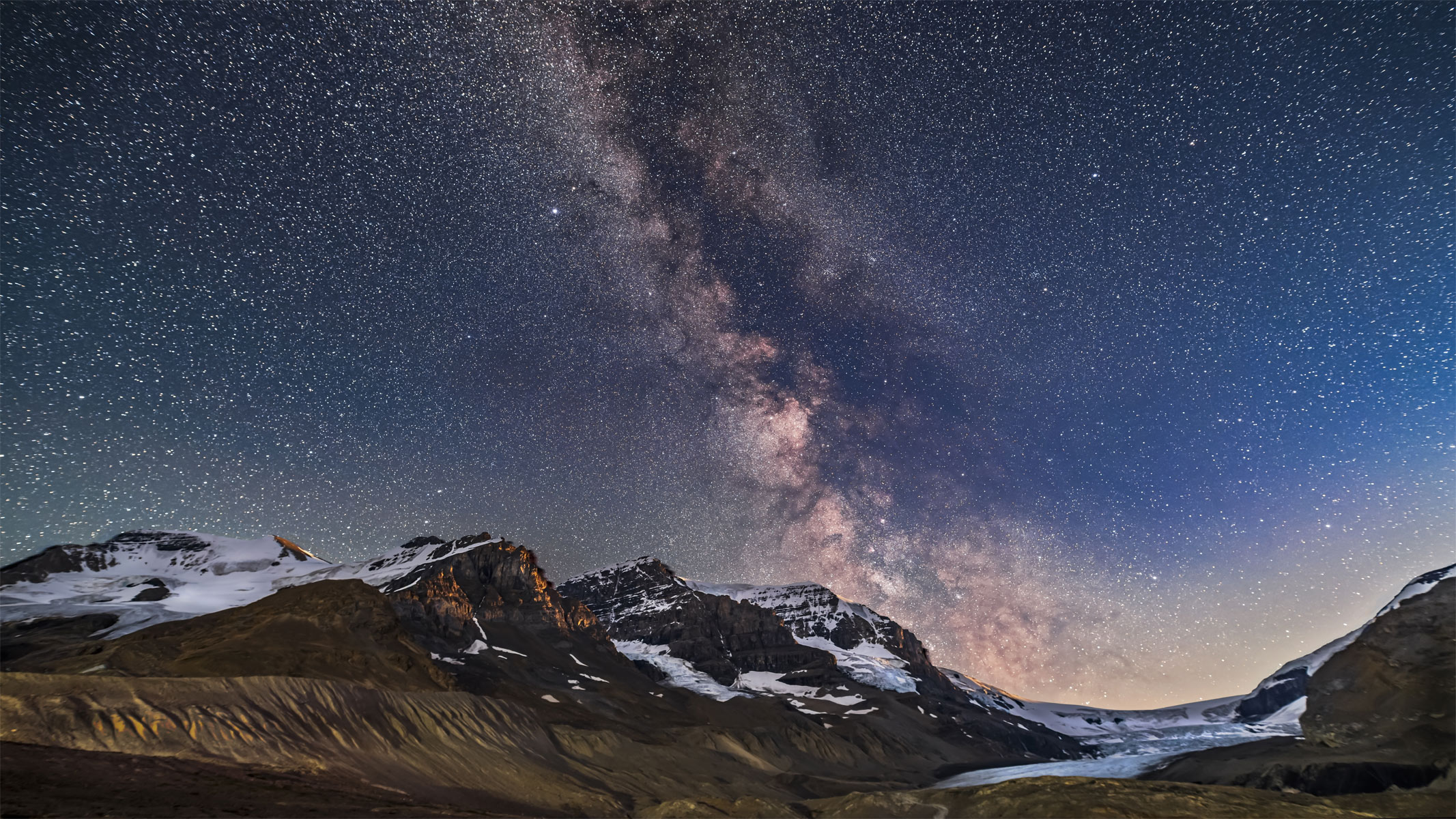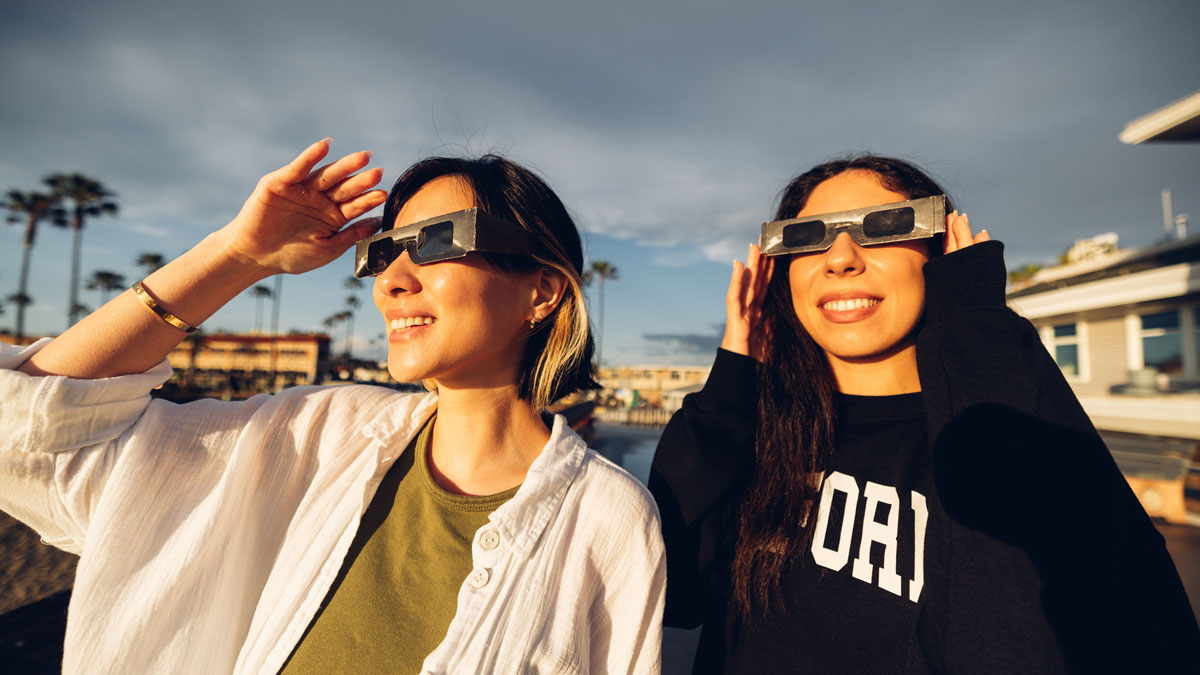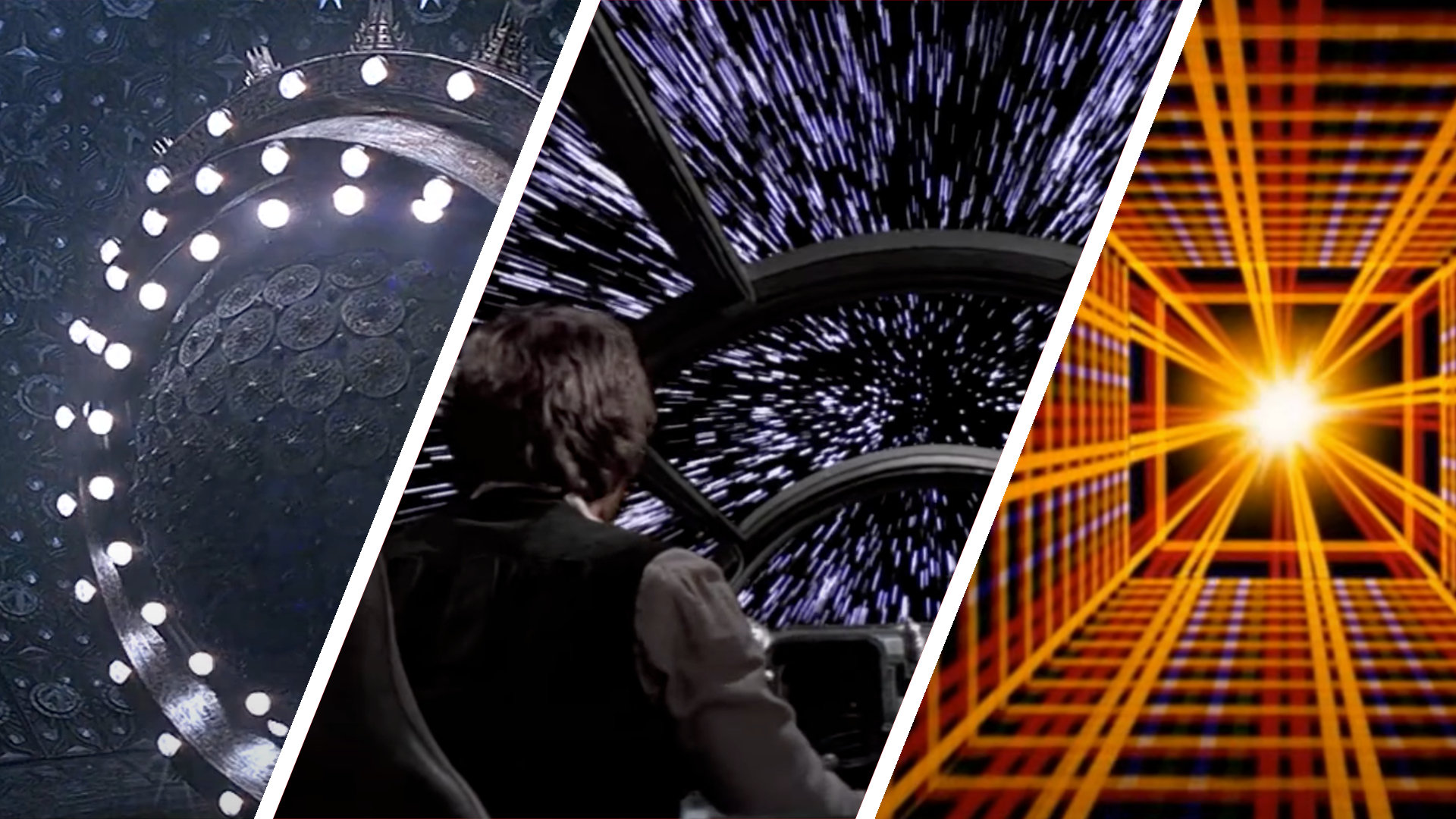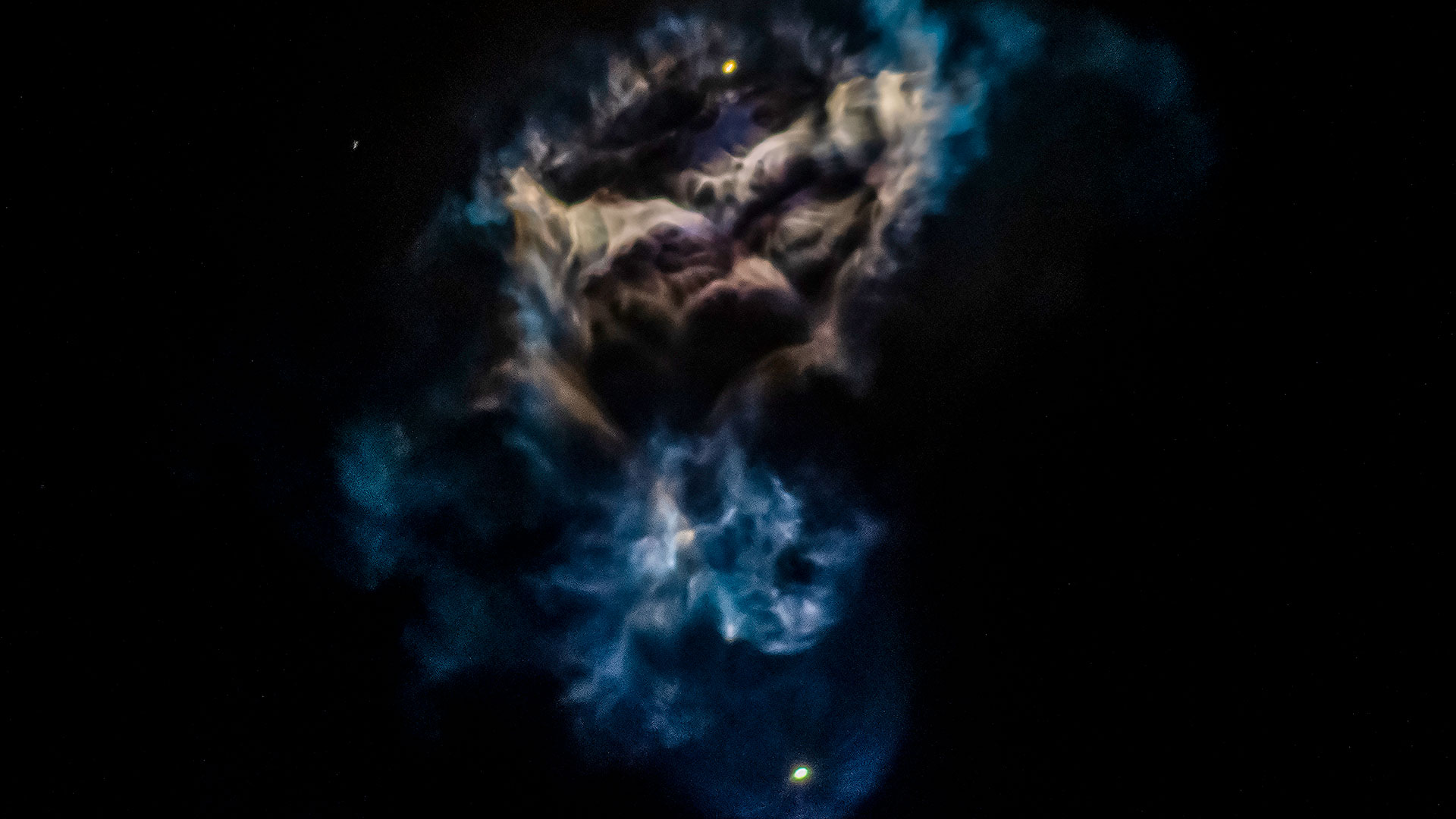Telescope vs monocular: Which should I buy?
From magnification to light-gathering, here’s how to make the decision between buying a telescope or a monocular for stargazing and astronomy.

Ask an astronomer what the best monocular is for astronomy, and they will give you the same answer: One of the best telescopes. After all, a telescope is nothing more than a large monocular, so whether you buy one or the other for astronomy, it will be down to affordability and portability.
Monoculars may not be traditionally associated with astronomy. Still, with large aperture models now available, they’re becoming more popular. Is a monocular a reasonable substitute for a telescope? Or is a telescope impossible to beat?
Here’s everything you need to know about the differences between telescopes and monoculars so you can choose what’s right for you to help achieve your astronomical ambitions.
Similarities between telescopes and monoculars for stargazing
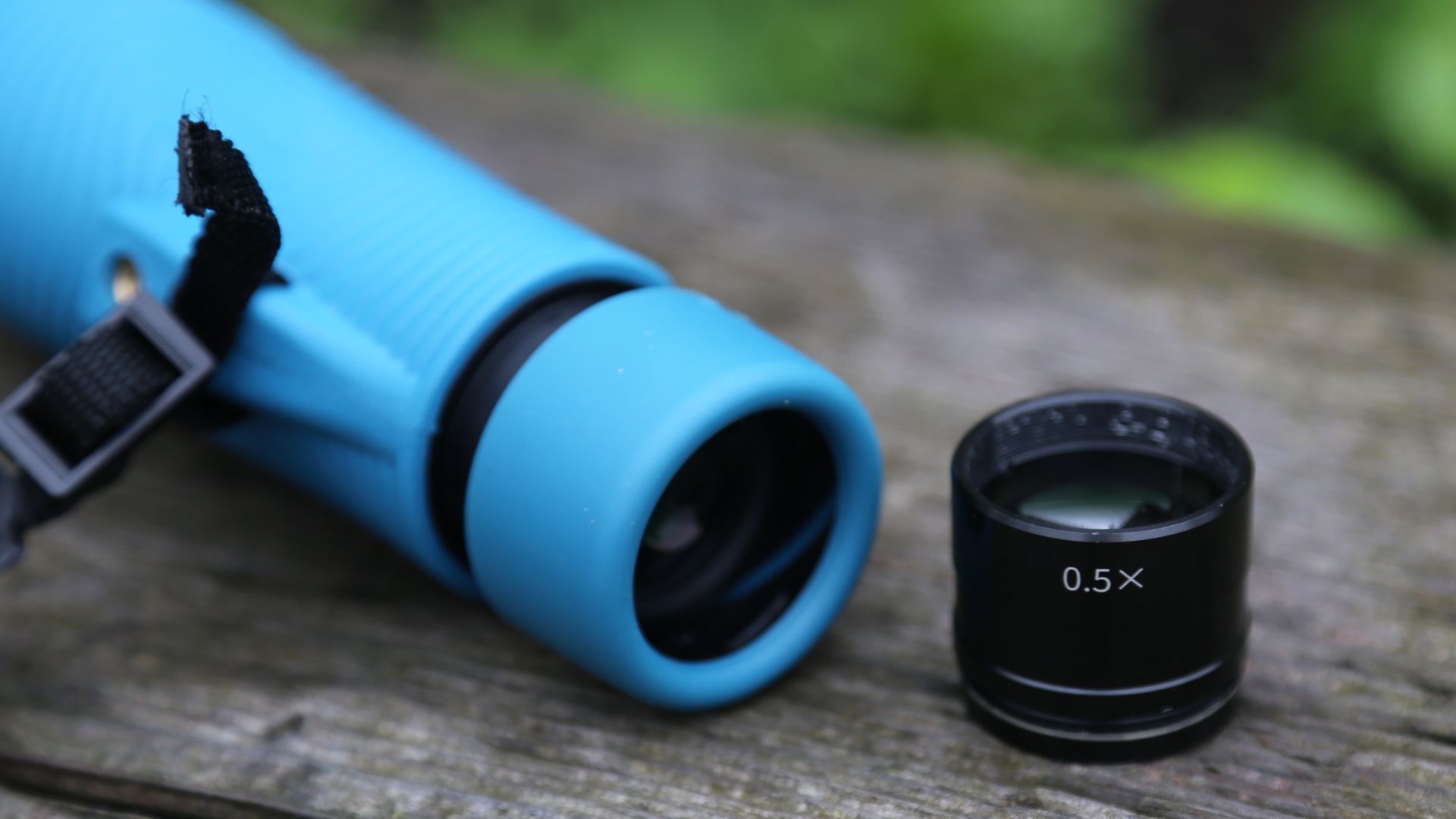
If you think about the James Webb Space Telescope and a tiny monocular that fits your pocket, these two products seem like a world apart. However, at their core, both telescopes and monoculars are surprisingly similar optical instruments, both designed to magnify objects that are far away.
There are two types of telescopes: a lens-based refractor and a mirror-based reflector. All telescopes are mounted on a tripod. Although it’s often described as half a binocular, a monocular is essentially a miniature refracting telescope. It has a single eyepiece, like a telescope, and an objective lens, but in between is a prism to correct the orientation of the image.
Differences between telescopes and monoculars for stargazing
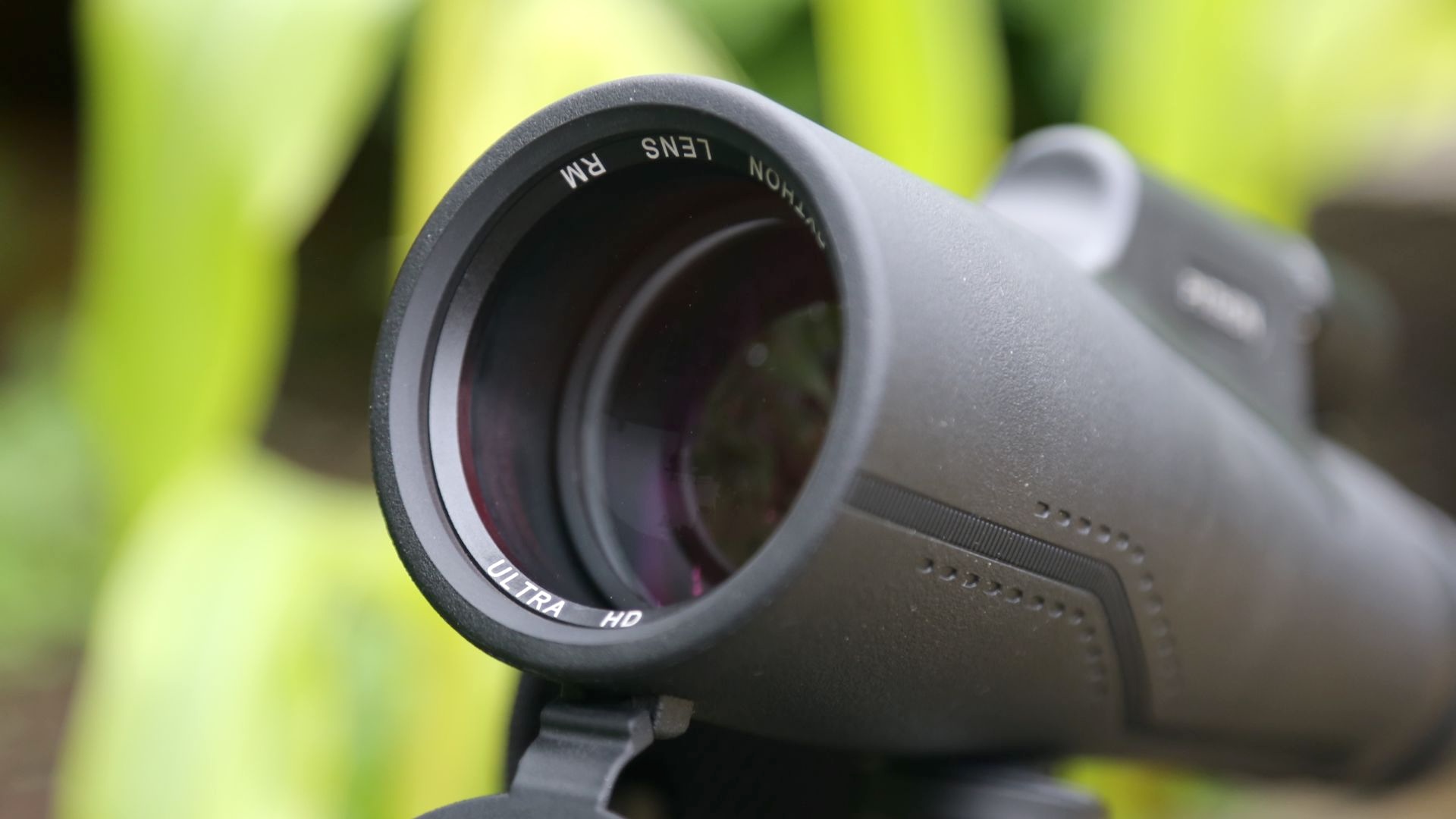
The main differences between a telescope and a monocular are magnification and light-gathering. Whereas a monocular typically offers 8x or 10x magnification (and some go up to 25x), a telescope’s magnification can be changed by swapping to another eyepiece.
On a telescope, magnification can be calculated by dividing its objective lens's focal length by the eyepiece's focal length, both expressed in millimeters. For example, a telescope with an objective lens with a focal length of 1200 mm and an eyepiece with a focal length of 25 mm means a 48x magnification. Swap out an eyepiece with a focal length of 10 mm, making 120x.
That’s worlds away from a monocular, literally. Whereas a monocular is designed for casual, occasional views of distant objects – the moon included – a telescope can be used to study planets, nebulae, distant star clusters and galaxies.
When would a telescope be better for stargazing?
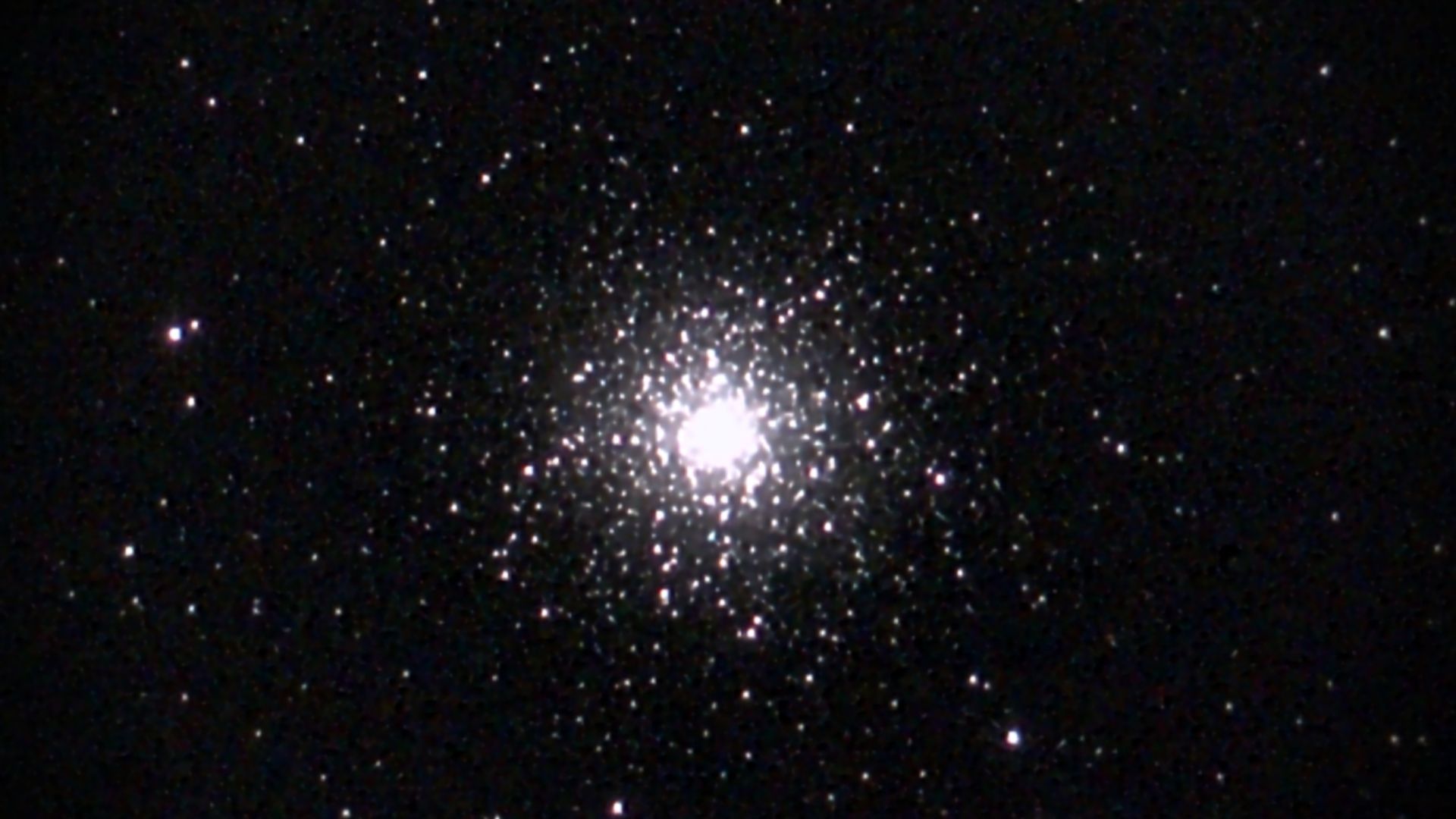
A telescope is far superior to a monocular if you want to study planets, nebulae, distant star clusters and galaxies. Yes, it has the magnification, but that’s only effective because it gathers more light.
A monocular lens might stretch to a 50mm objective lens and occasionally more, but that’s about where telescopes start, with a beginner’s telescope typically offering an aperture of between 70mm and 150mm. A large telescope for a backyard is considered to have an aperture of about 254mm.
When would a monocular be better for stargazing?
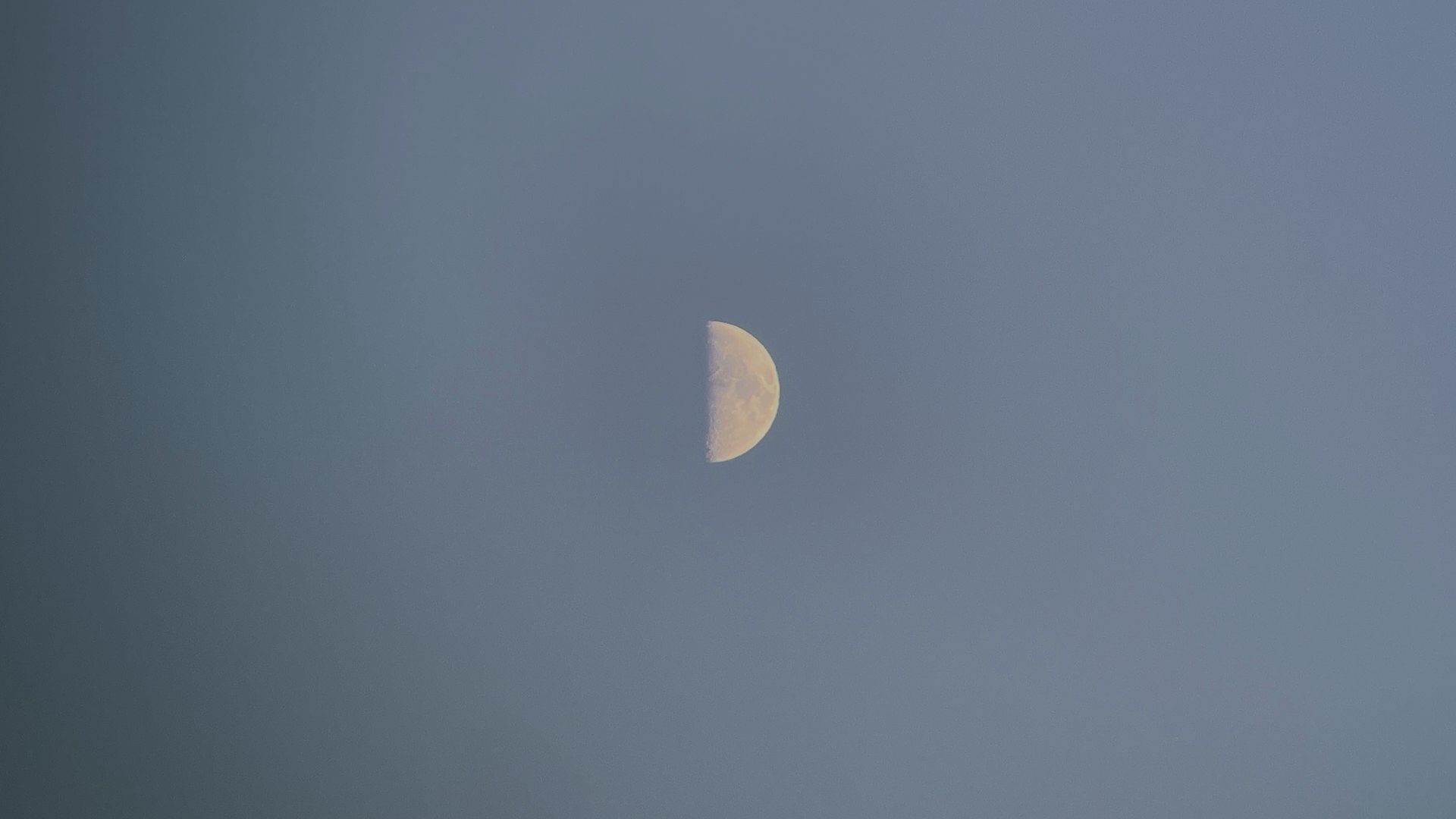
If you’re considering buying a monocular over a telescope, it’s probably because of how easy they are to carry. However, you're right to be cautious if you’ve seen pocket-sized monoculars that promise telescope-like images yet fit into a pocket.
A monocular is principally for grabbing a quick view of something in the night sky, such as the moon, a really bright nebula (such as the Orion Nebula) or a prominent star cluster (such as the Pleiades).
A good monocular for astronomy is large. It’s still highly portable – at least when compared to a telescope – but whether you go for 10x42, 10x50 or 12x56 – they’re starting to get reasonably large.
However, even the biggest monocular is smaller than the most miniature telescope. It’s also so easy to set up and use – you take it out and hold it up like a pair of binoculars.
Price comparisons
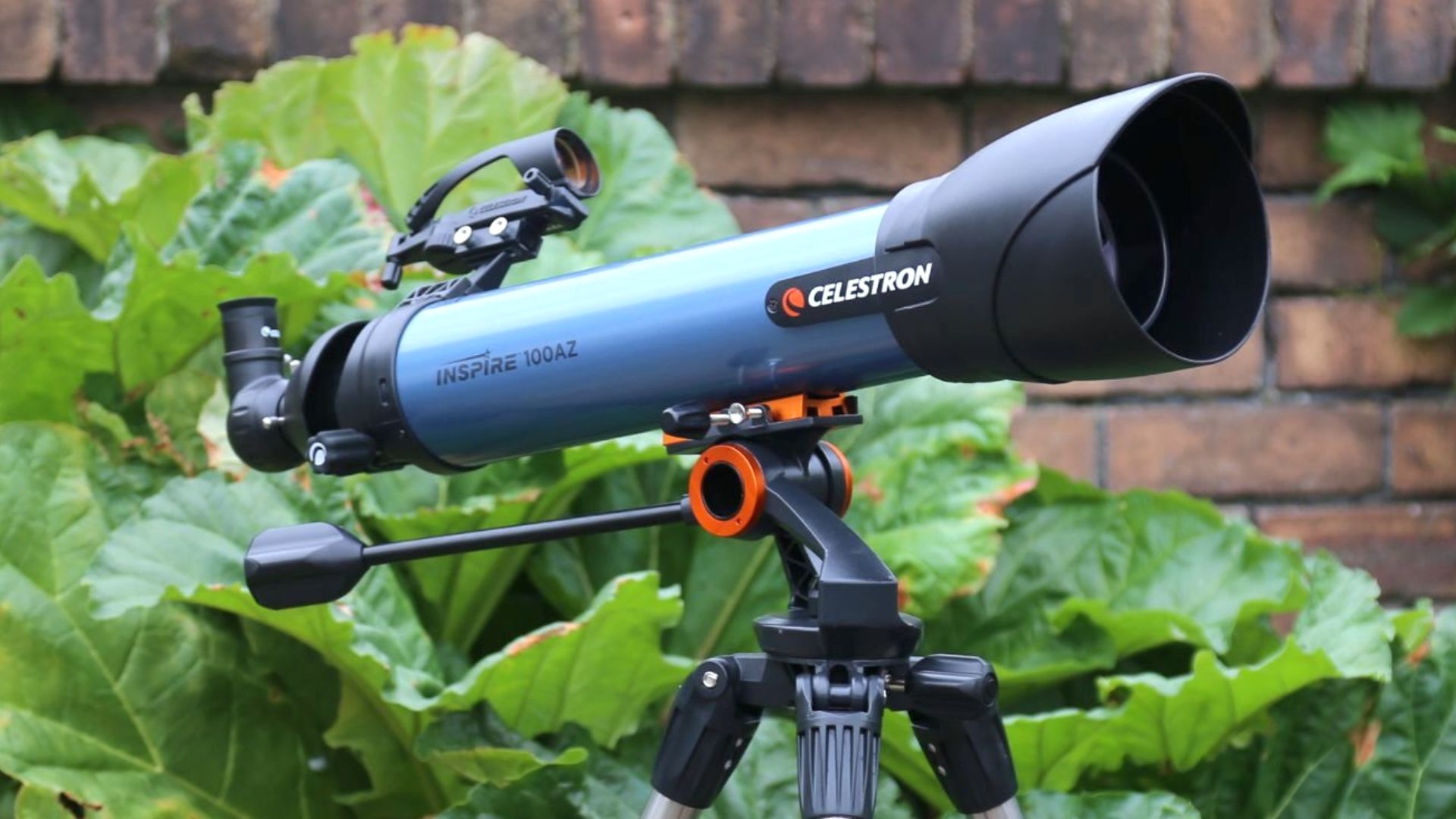
Let’s take two products from Celestron, which makes both telescopes and monoculars, to see what you get for your money. Its Outland X 10x50 monocular ($117/£89) is a grab-and-go product that gives you a 10x magnification (about the limit for monoculars).
Compare that to the same brand’s Inspire 100AZ refractor telescope ($280/£269), which gives you swappable eyepieces for 33x and 65x magnifications, with the option to add a 2x or 3x 1.25” Barlow lens to double or triple those numbers.
Although many people want to choose a monocular over a telescope, they’re essentially complimentary products at either end of the magnification-aperture scale. While a monocular is an ideal first product for the beginner who wants to grab glimpses of the moon and get basic images of some distant objects, a telescope is for observing, studying and revealing details about the faint fuzzies in the deep sky.
Keep a monocular in your jacket pocket and a telescope in your backyard; you can’t go wrong.
Join our Space Forums to keep talking space on the latest missions, night sky and more! And if you have a news tip, correction or comment, let us know at: community@space.com.
Get the Space.com Newsletter
Breaking space news, the latest updates on rocket launches, skywatching events and more!

Jamie is an experienced science, technology and travel journalist and stargazer who writes about exploring the night sky, solar and lunar eclipses, moon-gazing, astro-travel, astronomy and space exploration. He is the editor of WhenIsTheNextEclipse.com and author of A Stargazing Program For Beginners, and is a senior contributor at Forbes. His special skill is turning tech-babble into plain English.
